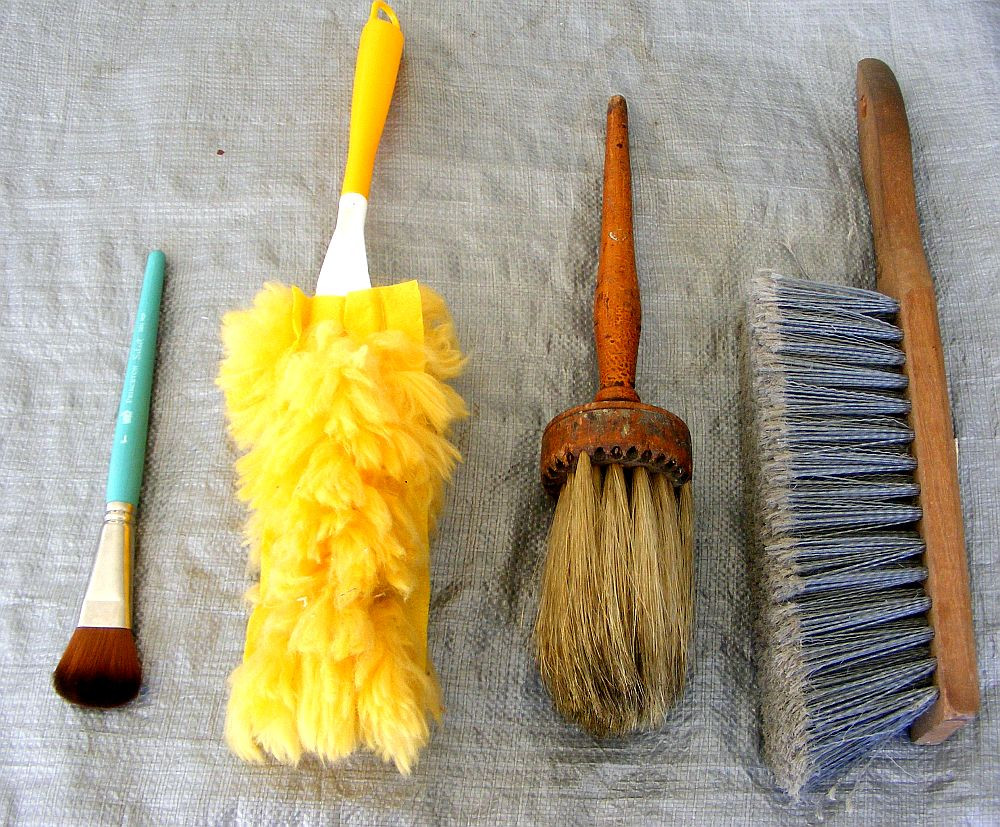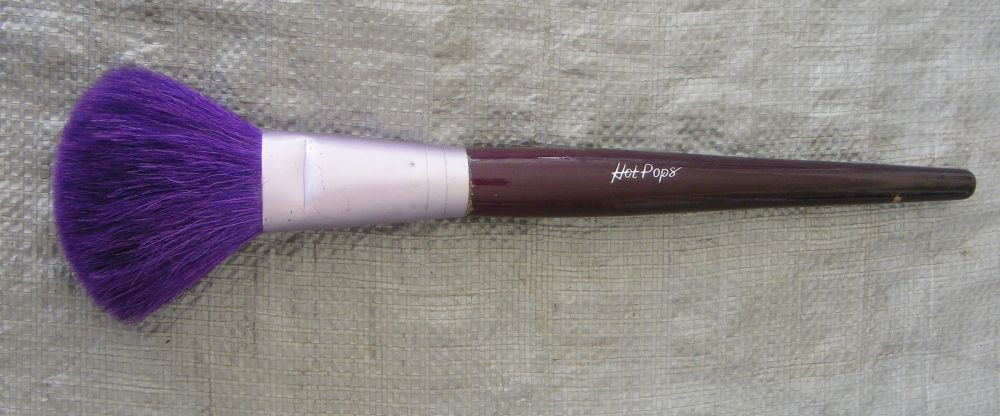I've built my layout in a handi-house shed sitting 'outdoors' in my carport. And it has a large door at one end that I often leave open when the temps and weather permits. As a result I likely get more dust over the layout than a totally indoor one would experience (but I'm sure even some of these gather good old dust).
https://modelrailroadforums.com/for...-lake-faust-junction.29767/page-9#post-543620
Then of course we generate a lot of dust/small particles during new construction and repairs/modifications. I hadn't really realized how much dust was on my layout until late yesterday when the sun was low and shinning in thru that open door at that one end of the shed,...it was really dusty !
How best to get this dust out of the layout room??
a) Vacuuming....of course vacuuming makes sense, but can you imagine trying to get that pick up hose/brush over all the layout with structures in place, etc
b) Compressed Air Cans .....these small cans of air can be a great way to get dust off of particular areas and structures,...BUT in reality you are just moving the dust around (and maybe onto other adjacent structures), rather than getting it out of the sheds interior.
c) Swiffer Dusters ....I experimented with one of these the other day, and I was impressed with its ability to attract and hold onto a lot of dust particles,..and it was delicate to some of the structures I had sitting there as well as to some rr cars and engine I had sitting on the tracks.
Has anyone else had a positive experience with these swiffer dusters,....or alternate ideas??
https://modelrailroadforums.com/for...-lake-faust-junction.29767/page-9#post-543620
Then of course we generate a lot of dust/small particles during new construction and repairs/modifications. I hadn't really realized how much dust was on my layout until late yesterday when the sun was low and shinning in thru that open door at that one end of the shed,...it was really dusty !
How best to get this dust out of the layout room??
a) Vacuuming....of course vacuuming makes sense, but can you imagine trying to get that pick up hose/brush over all the layout with structures in place, etc
b) Compressed Air Cans .....these small cans of air can be a great way to get dust off of particular areas and structures,...BUT in reality you are just moving the dust around (and maybe onto other adjacent structures), rather than getting it out of the sheds interior.
c) Swiffer Dusters ....I experimented with one of these the other day, and I was impressed with its ability to attract and hold onto a lot of dust particles,..and it was delicate to some of the structures I had sitting there as well as to some rr cars and engine I had sitting on the tracks.
Has anyone else had a positive experience with these swiffer dusters,....or alternate ideas??

![[image] [image]](/forum/proxy.php?image=https%3A%2F%2Fcdn.shopify.com%2Fs%2Ffiles%2F1%2F0280%2F4006%2F9155%2Fproducts%2FMicrofiber-Flexible-Fluffy-Duster-2-Pack_596x449.jpg%3Fv%3D1605898583&hash=6c3fe05424769402bab45673999e7331)



